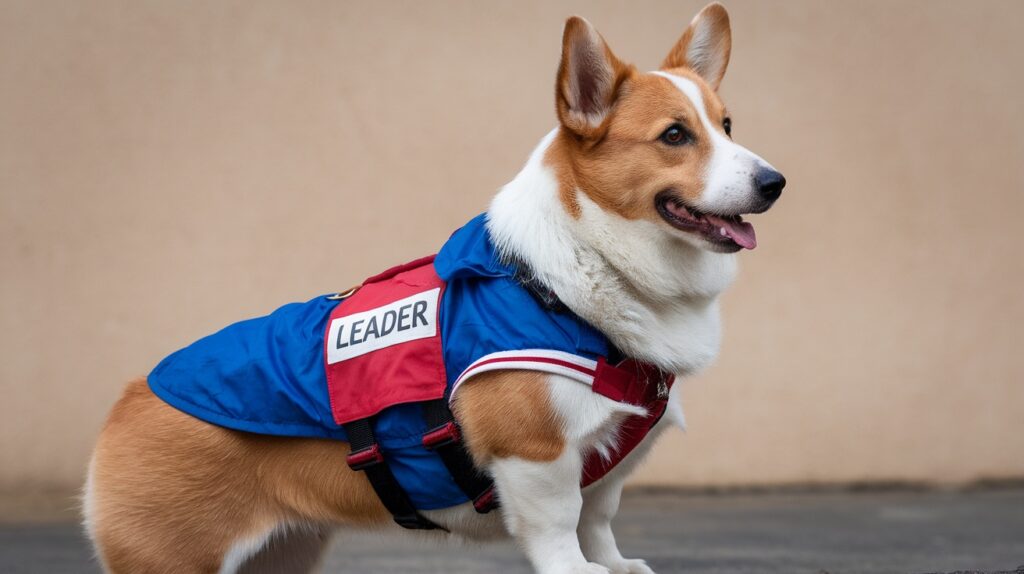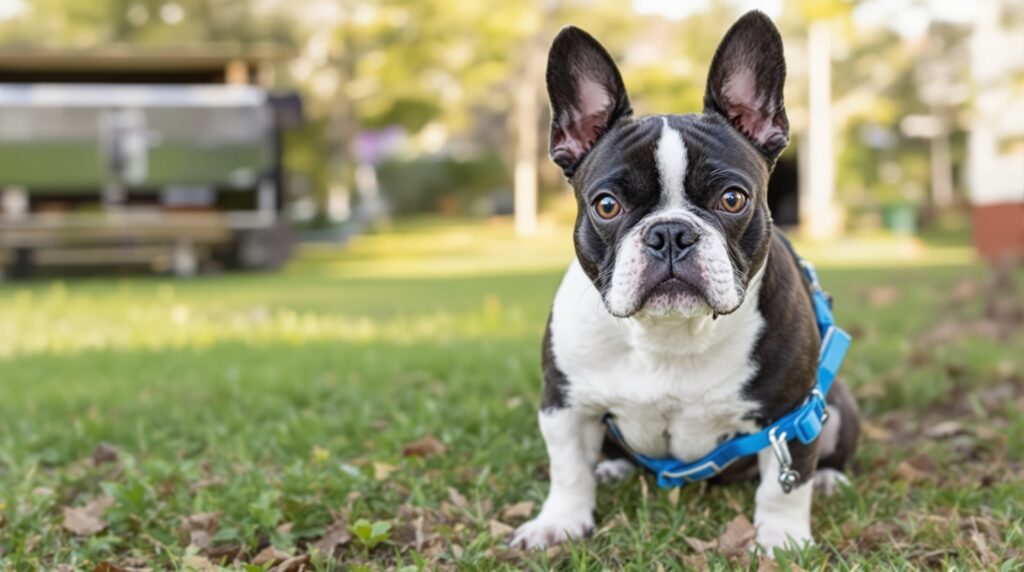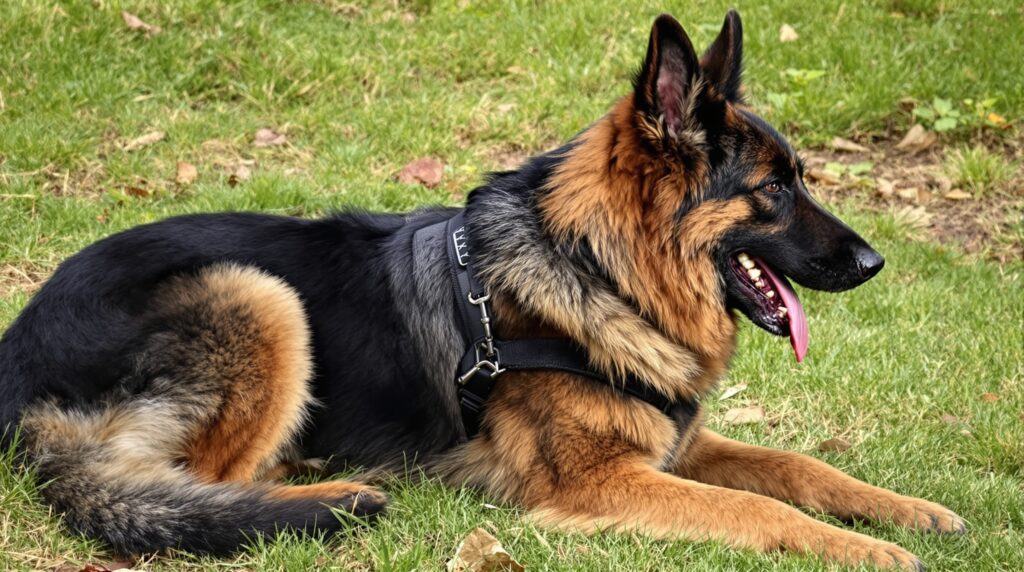Training a Corgi can feel rewarding, but it also takes focus and the right approach. These dogs are smart, energetic, and sometimes a bit stubborn, so success depends on more than just teaching commands.
The key to smoother training lies in developing leadership skills that guide a Corgi with clarity and confidence.
When you learn how to lead with calm energy, set clear limits, and keep things positive, the process gets easier for both you and your dog. Simple habits like using steady commands, rewarding good behavior, and making sessions fun can really speed up how quickly a Corgi responds.
Establish Calm Confidence to Gain Your Corgi’s Trust

A Corgi listens best to a leader who acts calm and steady. When you stay relaxed, your dog feels safe and is less likely to act out.
Confidence without being harsh helps your Corgi know what to expect. Trust builds when you use the same actions every day.
Speaking clearly and keeping your body language steady makes training easier. Your dog starts to see that guidance comes from stability, not force.
Corgis watch for signals and pick up on your mood. If you get frustrated or raise your voice, they might resist or ignore you.
Simple routines help too. Feeding, walking, and practicing commands at regular times show your Corgi that you’re reliable.
By leading with patience and quiet assurance, you show your dog that you’re trustworthy. Over time, this approach strengthens your bond and makes training smoother.
Use Consistent Commands to Avoid Confusing Your Corgi
Corgis pick things up faster when they hear the same words for the same actions. If one person says “come” and another says “here,” the dog might get confused.
Clear, steady language helps them catch on quickly. Using consistent commands also keeps training less stressful for your dog.
When the words never change, your Corgi can focus on what you want rather than guessing. This makes everything feel easier.
Everyone in the house should agree on the same set of commands. If you all use different words, the Corgi might hesitate or ignore you.
Short, simple words work best. A Corgi will react more quickly to “sit” or “stay” than to long phrases.
Pairing commands with praise or a treat reinforces the behavior. Consistency carries over into daily life, too.
A Corgi that knows what “heel” or “down” means will behave better on walks or around guests. Over time, steady commands create habits that really stick.
Set Clear Boundaries to Create a Secure Environment
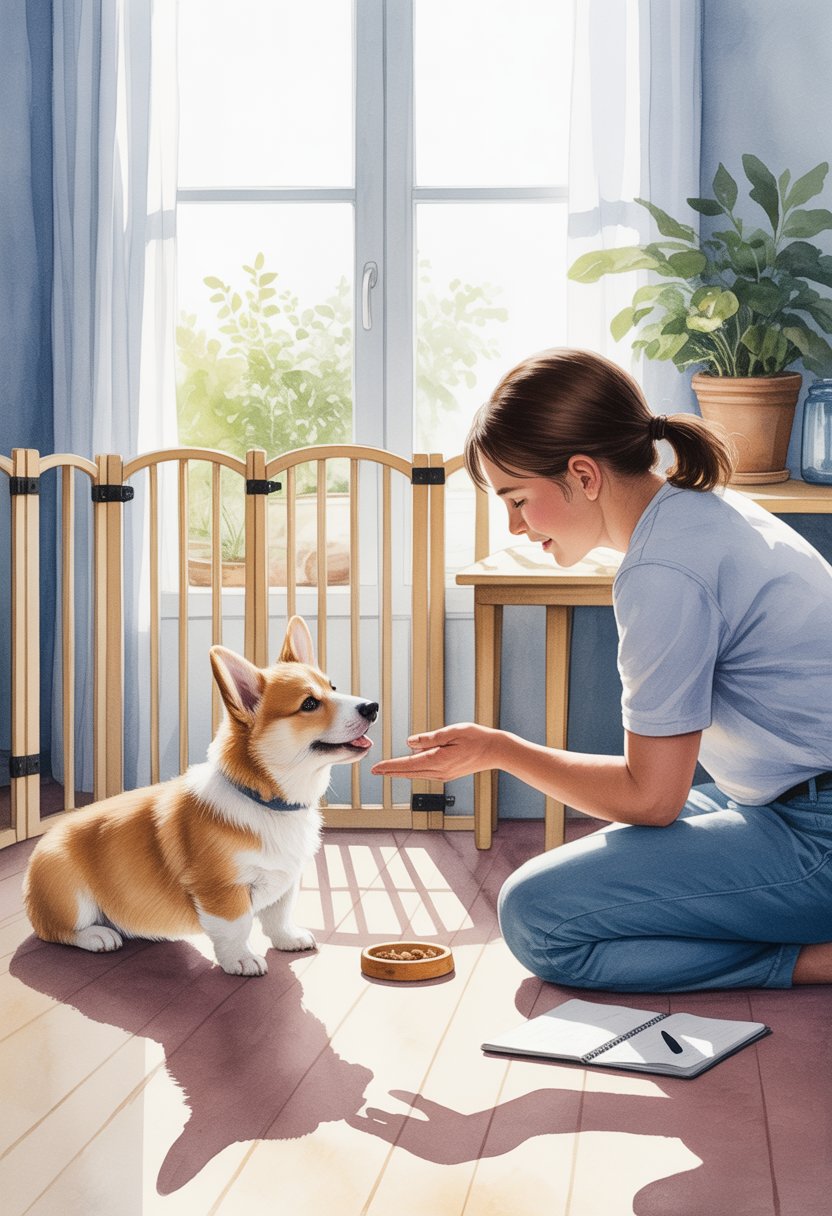
When you set boundaries, you give structure and clarity. Dogs need that, just like people do.
A Corgi feels safer when it knows what’s allowed and what’s not. Clear rules cut down on confusion.
If your Corgi learns that jumping on the couch isn’t okay, but sitting on a mat is, it understands what gets your attention. Boundaries also help you protect your own time and energy.
Corgis will test limits, so steady rules keep training on track. Consistency builds trust.
When the same rule applies every day, your Corgi learns that its world is predictable. This makes it easier to relax and follow directions.
Boundaries don’t mean being harsh. They just guide behavior in a fair, calm way.
A Corgi that knows the limits feels more secure and is more willing to learn.
Reward Positive Behavior Immediately for Better Learning
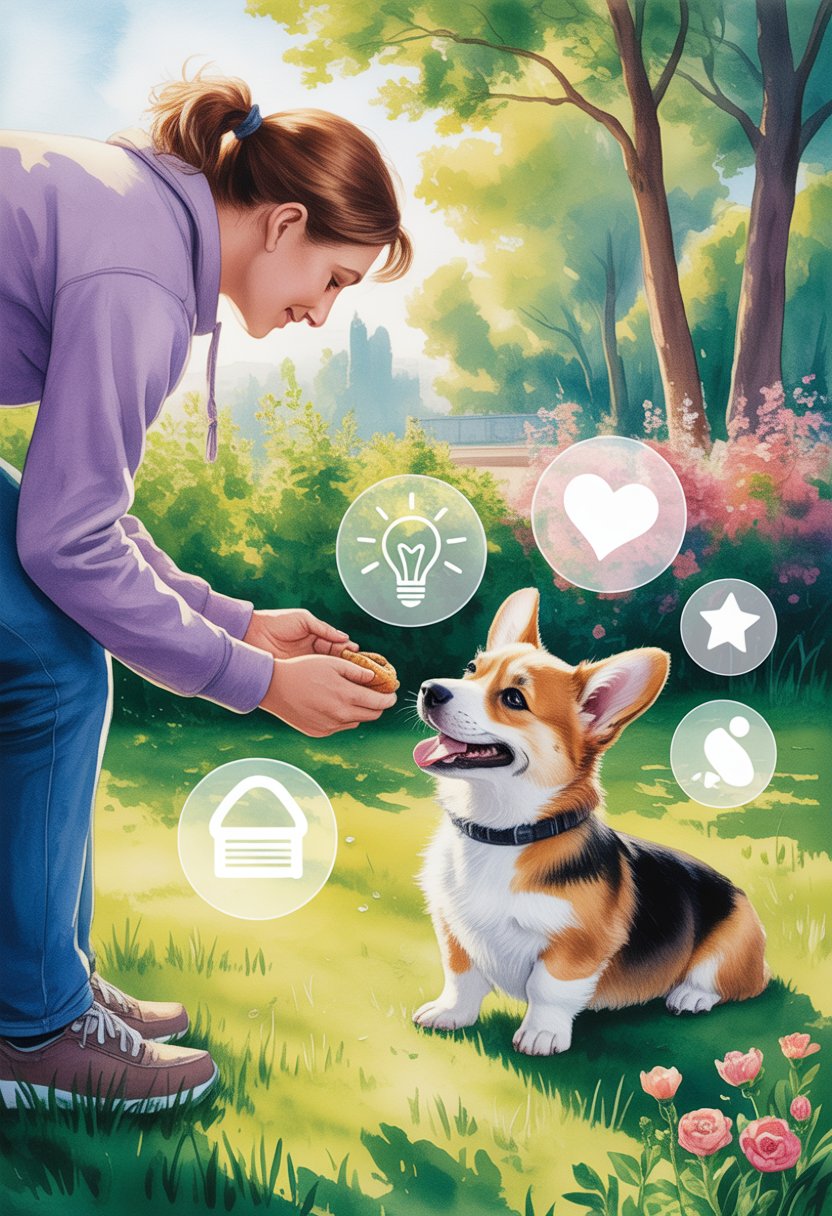
Timing matters a lot when you’re training a Corgi. If the reward comes right after the behavior, the dog connects the action with the treat or praise.
Wait too long and your dog might not know what it did right. Corgis do best when they know exactly what earned them the reward.
A quick treat, a kind word, or a short play session helps them understand what behavior to repeat. At first, reward the desired action every time to build a strong habit.
Later, you can reward less often and still keep the behavior strong. Immediate rewards keep training clear and encouraging.
This approach keeps your Corgi engaged and makes learning new things easier.
Be Patient and Avoid Frustration During Training
Training a Corgi takes time, and patience really helps. Dogs learn at their own pace, and a calm approach keeps things positive.
If you stay relaxed, your Corgi feels more comfortable and is willing to try again. Frustration can confuse your dog and slow progress.
If you raise your voice or get irritated, your Corgi might get nervous or distracted. Short, steady practice sessions work better than long, tense ones.
Ending on a small success gives you both a sense of progress. Patience helps you make clearer decisions.
Instead of rushing or repeating commands too quickly, wait for your Corgi to respond. Giving your dog time to think often leads to better results.
When challenges come up, see them as part of the process. Mistakes are normal, and every try is a chance to improve.
Lead by Example with Calm and Assertive Energy
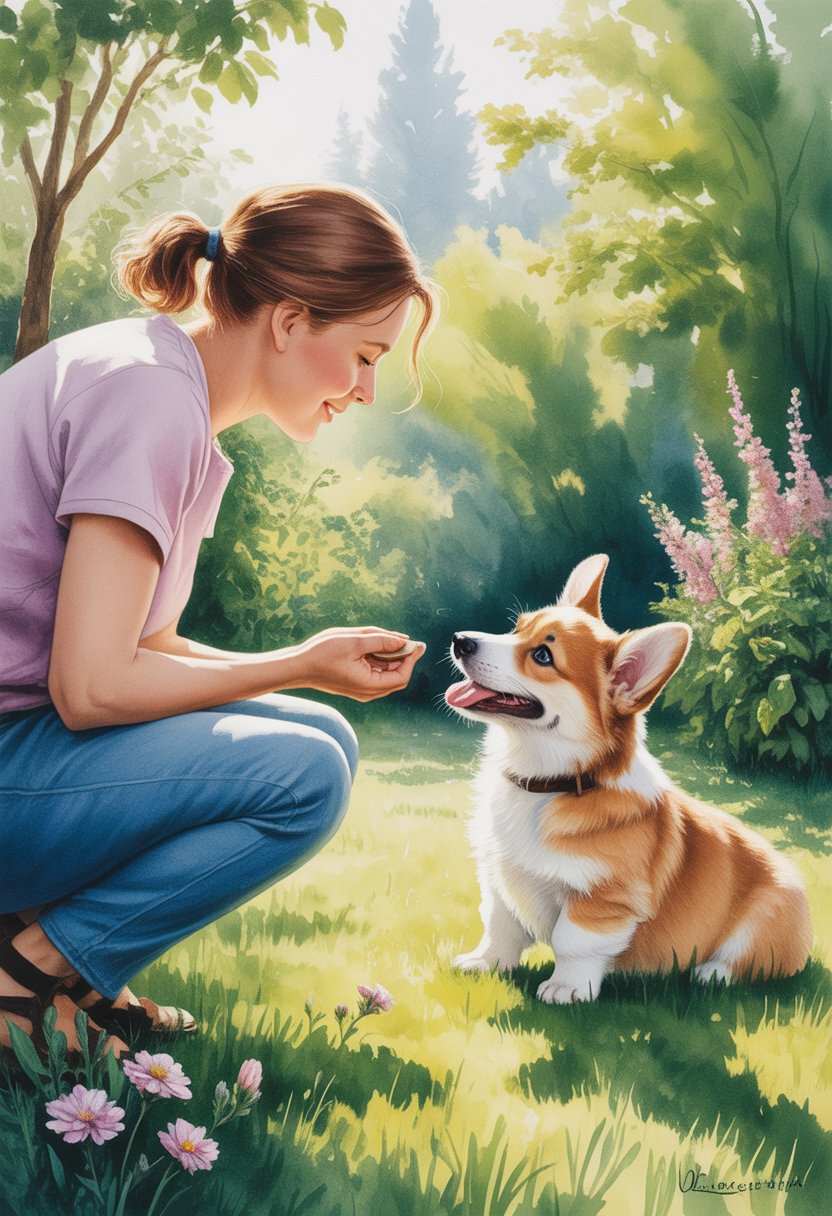
Dogs pick up on your mood and energy. If you’re tense or unsure, your Corgi will notice and might find training harder.
When you stay calm, your dog feels more relaxed and ready to follow. Assertive energy isn’t about being harsh or loud.
It’s about giving clear direction with confidence, but still showing respect and patience. This balance helps your Corgi know where the boundaries are without feeling scared.
Leaders who model steady behavior teach through action, not just words. If you’re consistent and confident, your Corgi will start to mirror that energy.
Calm and assertive leadership builds trust. Your dog sees you as reliable and fair, which makes it more willing to listen.
Incorporate Play Like Fetch to Keep Training Fun
Play keeps Corgis interested during training. When your dog enjoys the process, it learns faster and feels less stressed.
Activities like fetch give both exercise and mental stimulation. Using fetch as a break between lessons can help your Corgi stay focused.
Short play sessions prevent boredom and make your dog look forward to the next command. This balance of work and play supports steady progress.
Fetch also builds trust between you and your Corgi. The dog learns to return the toy and wait for the next throw, which reinforces listening skills.
Trainers can mix in simple commands like “sit” before throwing the ball. This keeps the game structured but still fun.
When play becomes part of training, your Corgi sees learning as a positive experience. The dog is more likely to stay engaged and repeat good behavior.
Understanding the Corgi Mindset
Corgis are bright, determined, and always seem to have a bit of extra energy. They respond well to clear direction, but if training feels boring or inconsistent, they might get stubborn.
Knowing how they process information—and what tends to trip them up—makes it easier to guide them.
How Corgis Learn Best
Corgis thrive when training sessions are short, fun, and consistent. Their strong intelligence means they pick up commands quickly, but they need variety to stay engaged.
Repetition helps, but too much can make them tune out. Positive reinforcement works best for this breed.
Rewards like treats, praise, or play keep them motivated. Harsh corrections usually backfire and make them less willing to cooperate.
Since Corgis were bred as herding dogs, they pay close attention to movement and your tone of voice. A calm, firm voice paired with clear hand signals helps them understand what you want.
Mixing physical exercise with mental tasks works wonders. For example:
- Basic commands (sit, stay, come)
- Puzzle toys for problem-solving
- Short agility games to burn energy
This balance keeps their mind sharp and their body active.
Common Training Challenges
Corgis can be strong-willed, and that sometimes shows up as stubbornness. If they sense you’re not being consistent, they might test limits or ignore you.
Clear rules and steady follow-through keep this in check. Barking is another challenge.
They were once used to alert farmers, so they may bark at noises, people, or other animals. Early training that redirects barking into calmer behavior helps manage this habit.
Their herding instinct can cause nipping at heels, especially with kids or other pets. Redirecting this behavior toward toys or structured games teaches them better outlets.
Corgis need plenty of activity. Without enough exercise, they might get restless or destructive.
Daily walks, play, and training help prevent boredom and keep them well-behaved.
Building Positive Training Habits
A Corgi learns best when training feels predictable and rewarding. Clear routines and steady guidance cut down on confusion.
Simple rewards encourage good behavior and help build trust.
Consistency and Patience in Training
Corgis are smart, but let’s be real—they can be a little stubborn. Sticking to steady routines really helps.
When you keep commands and expectations the same, your dog figures out what you want. They’ll usually respond faster.
If you keep switching up the rules or your tone, things get confusing for the dog. That just slows everything down.
Patience matters just as much as consistency. Some skills take weeks to really click, and pushing too hard just leads to frustration.
Staying calm keeps your dog focused. It also makes lessons way less stressful for everyone.
Try to keep training sessions short, maybe 10–15 minutes tops. That’s about as long as most Corgis can pay attention anyway.
Practicing every day at the same time helps make training part of your dog’s routine. Over time, this steady rhythm builds their confidence.
Reinforcement Techniques That Work
Positive reinforcement helps a Corgi repeat good behavior. You can use small treats, gentle praise, or maybe even their favorite toy as a reward.
The trick is to give the reward right after the behavior. That way, your dog connects the dots.
Different dogs like different things. Some Corgis go wild for snacks, but others might light up at a game or a belly rub.
Honestly, it’s worth trying a few options to see what really gets your dog excited.
Here’s a quick table to help you figure out reward choices:
| Behavior | Reward Example | Timing |
|---|---|---|
| Sit | Small treat | Immediately |
| Come when called | Praise + toy | Within 2 seconds |
| Loose leash walking | Verbal praise | Every few steps |
Keep rewards clear and stick with them. Your dog will pick things up faster and, honestly, probably have more fun along the way.

